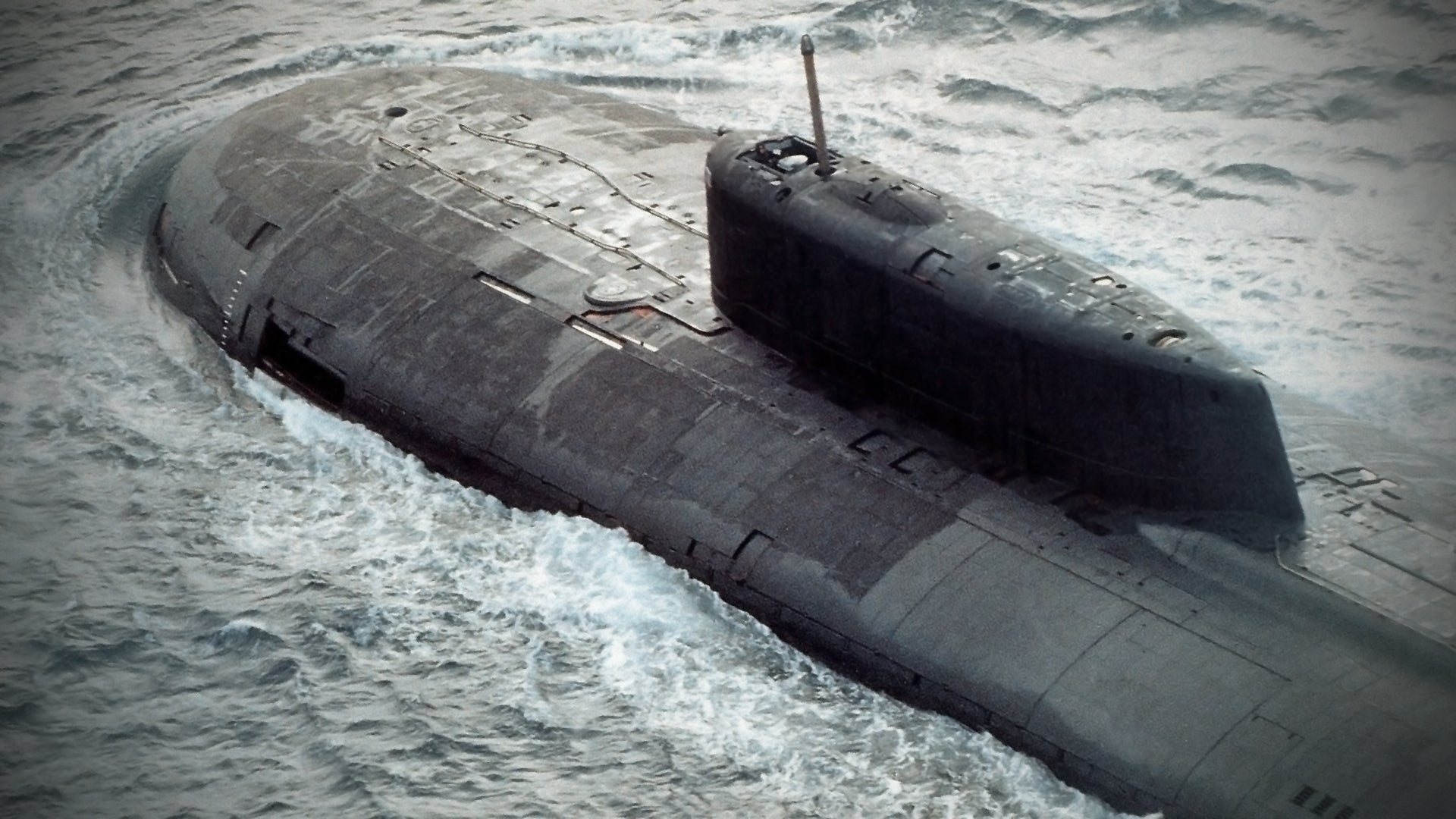The record for the world’s longest submarine has been held by the massive Soviet-era Typhoon class for nearly the last four decades. That is about to change as Russia’s currently under construction arctic “research” submarine, which is a highly modified variant of the Oscar II class of nuclear-powered guided missile subs, will be lengthened from 505 feet to (roughly) an even more impressive 604 feet. The Typhoon boats, of which just one remains in limited service, have a length of 574 feet.
The Oscar II class, which was made famous by the loss of the Kursk in 2000, is already a hulking design. Its wide beam is necessary so that angled anti-ship cruise missile launch tubes, 24 in total, can line their outer hulls. Each of these tubes houses a single P700 Granit (SSN-N-19 Shipwreck) missile that is capable of carrying a conventional or nuclear warhead. The primary purpose of these vessels is to launch a devastating cruise missile barrage on unsuspecting US carrier battle groups. These huge underwater arsenal ships of sorts are notoriously quiet and hard to detect, and they also pack an arsenal of torpedoes for taking on other submarines or hunting vulnerable surface vessels.

In 2015, Russia announced that its eight Oscar IIs will be reconfigured to carry more modern supersonic 3M55 Oniks and subsonic 3M54 Klub cruise missiles. The upgrade has the potential to give the type a credible land attack capability as well as a more modern anti-ship weaponry. Supposedly the upgrade will increase the boat’s missile magazine to 72. Other upgrades to the ships combat, communications and sensor systems are part of the upgrade. These enhanced Oscar IIs are known as the Project 949AM class.
Russia’s one-off larger and far more exotic version of the Oscar II class is being built out of the previously unfinished hull of the Belgorad. Instead of carrying all those missiles, this special-mission “research” submarine will carry a large array of special equipment, including submersibles, ROVs, spools of cable, airlock chambers for divers and even large pieces of cargo that can be mounted on the sea floor. It can also carry extremely large cargo on its back. This may include self-contained nuclear generators that can be placed on the seafloor to power equipment for very long periods of time autonomously. A roughly 100 foot long plug in Belgorad’s hull will help make room to accommodate these special capabilities.
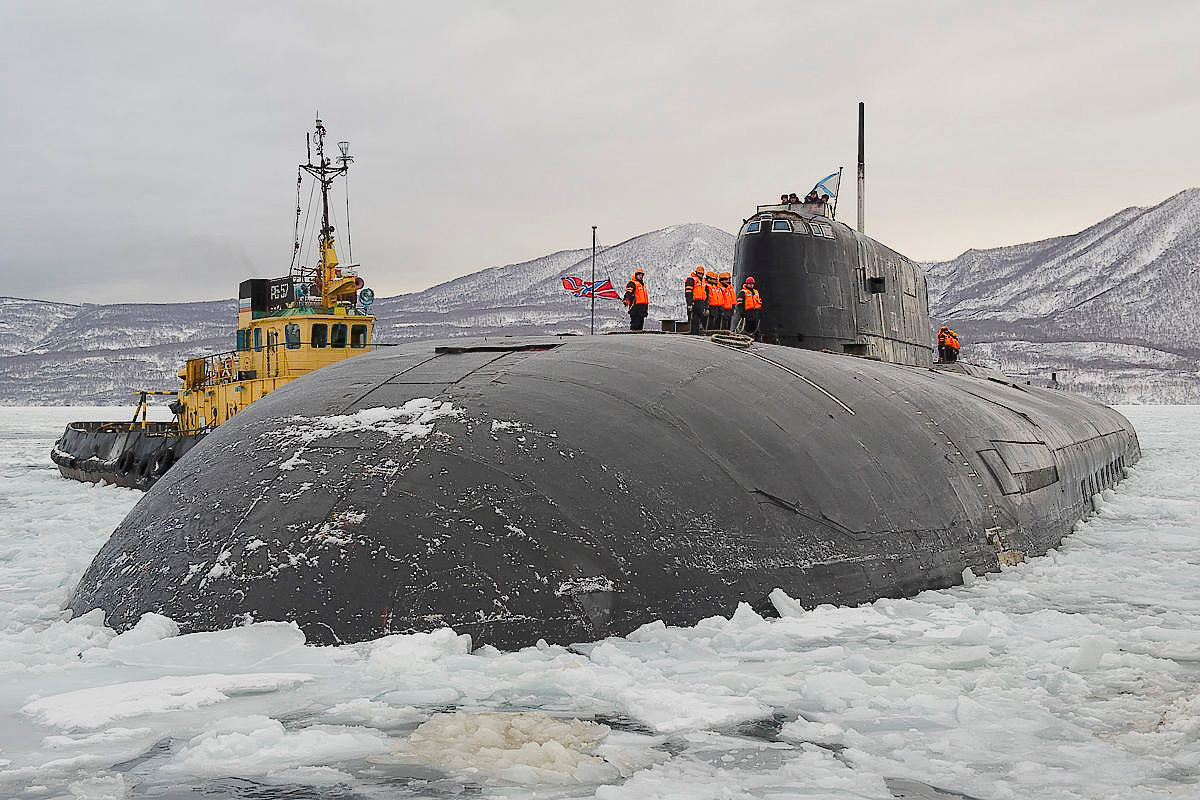
The last American Seawolf class submarine built, the USS Jimmy Carter, was modified along the same lines for underwater espionage operations on the sea floor, such as tapping fiber optic cables and recovering sunken technology. But even though the Jimmy Carter’s hull was also extended, and it displaces roughly 12,500 tons, the Oscar II class displaces nearly 20,000 tons, and that is without modifications. The Belgorad will likely displace close to 30,000 tons when fully outfitted.
Officially the Belgorad will be used to study the sea floor in the arctic, and will hunt for mineral and oil deposits. But its actual mission set will likely include installing a new “submarine communications systems” and possibly a network of hydrophones along the arctic shelf. Akin to something of an arctic SOSUS network used for tracking foreign submarines, this surveillance system could give Russia a heavy advantage when it comes to undersea operations in and around the polar icecap.
Belgorad is clearly being built with arctic operations in mind, but it would also likely venture outside the frigid waters of the far northerly latitudes to work as an espionage ship like the Jimmy Carter.
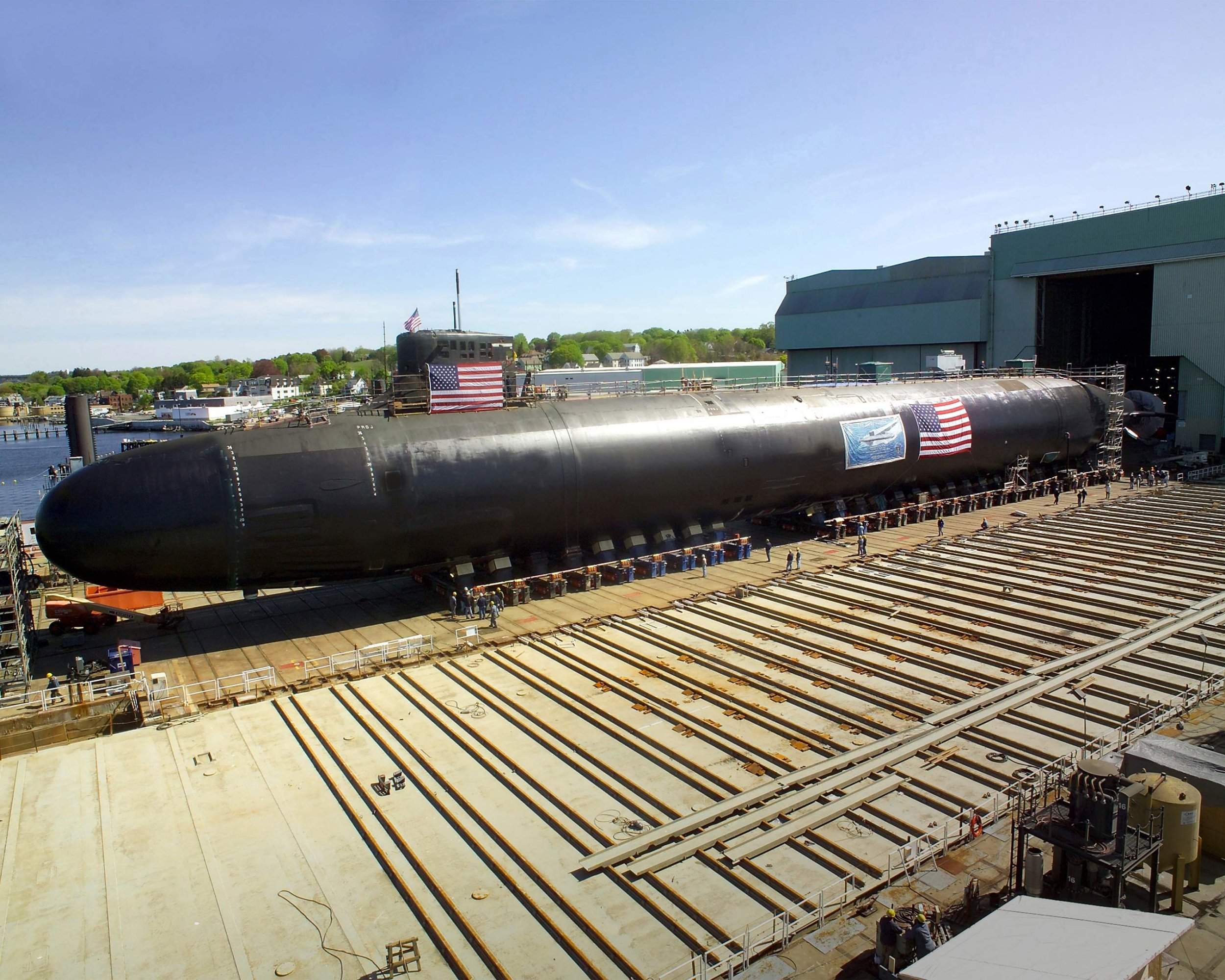
There have been well established fears that Russia has interest not just in tapping certain fiberoptic communications cables, but in cutting them completely as a information warfare tactic. Being able to blind an area of the globe from the constant flow of information they have become accustomed to is a powerful strategic capability to have in one’s back pocket. And reports that Russia may be working acquire such a capability came before the revelations of the 2016 US Presidential campaign cycle, where Moscow mined sensitive party communications via hacking and cyber espionage and weaponized wikileaks as a delivery system for strategically distribute this private information.
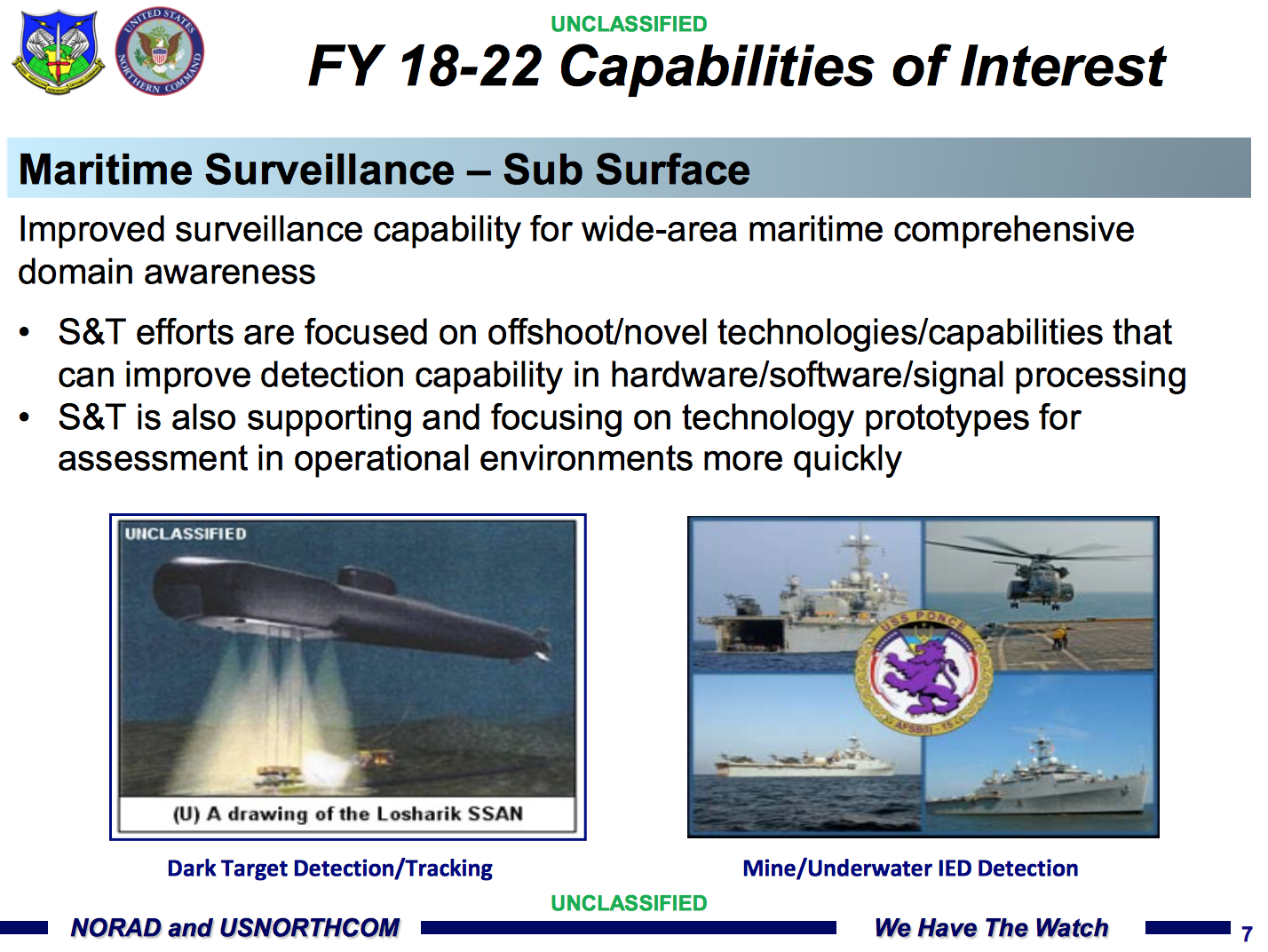
Being able to mount an undersea cable cutting operation clandestinely, without exposing a ship on the surface to detection, would not only give Russia the element of surprise, but it could also give Moscow some level of plausible deniability—which has been an omnipresent tactic in its current hybrid warfare playbook.
The thing is that Russia already has two other submarines that are supposedly capable of at least some aspects of this type of work—one a converted Delta IV nuclear ballistic submarine and the other a converted Delta III. Both of these subs are also known to be motherships for deep-diving midget submarines, including the shadowy nuclear-powered Losharik class.

There has been some speculation that the Belgorad’s enhanced length could also allow it to act as a mothership for deep diving, long endurance mini-subs as well. Or during a time of war, it may be able to carry and deploy a brace of shadowy “Kanyon” nuclear-tipped, very long-range super torpedoes. It is worth noting that Kanyon (also referred to as Status Six), although hyped majorly in the press, is likely to be a conceptual weapon system at this time or one that could be just beginning development. It could also be a big disinformation play as well. The existence of Kanyon and its relation to the Belgorad was originally “leaked” on Russian TV, which makes the whole program suspect.
Here is one artist’s take on the Belgorad and its possible components speculative configuration.
Even so, the idea may be that one day Belgorad could be used for such a purpose if the Kanyon system is ever fully developed. The concept could offer Russia an alternative nuclear second-strike capability—one that is not vulnerable to US anti-missile defenses.
If anything else, Moscow’s disdain for America’s ballistic missile defense capabilities has been made clear. The country has even broken a major arms proliferation treaty to develop and deploy a land-based nuclear tipped cruise missile in an attempt to get around the reach of these defenses, even if they are nowhere near capable of fending off a large barrage of nuclear ballistic missiles. With this in mind, the Kanyon concept may be an attractive one, but it would come at a high price—both monetarily and geopolitically.
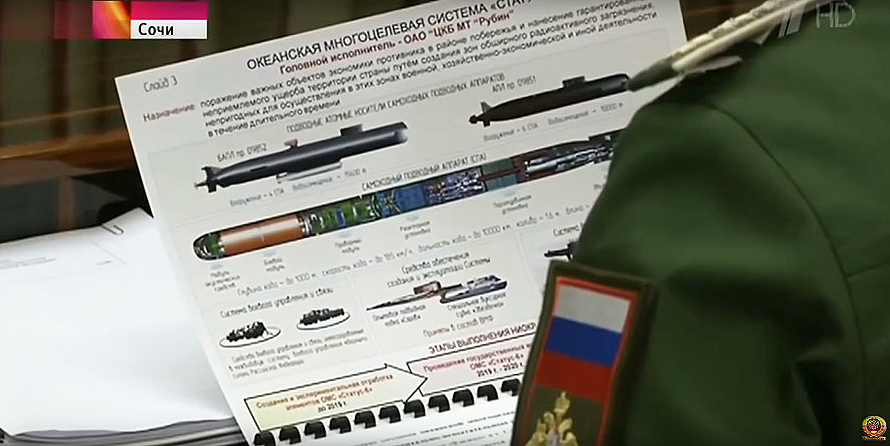
Maybe the biggest mystery is what Russia needs with three massive and very costly spy and mothership submarines? Sure all that capability is nice to have, but Moscow is not exactly rolling in rubles right now, and prioritizing such a fleet over say building more fast attack or AIP capable diesel electric submarines is a bit confounding. Their existence has to be part of a grander wartime strategy than just being used as espionage and underwater exploration vessels. Still, even just fielding the Belgorad alone is another stark example of how committed Russia is to dominating the arctic region.
One recent, although highly doubtful claim that has been made by a former Russian colonel is that Russia has planted, or plans to plant, nuclear warheads on the seafloor off America’s coastline. These weapons supposedly can be detonated on command, resulting in a massive radioactive tsunami roaring toward America’s coastline and wiping out key infrastructure and military installations in the process. It all sounds totally ridiculous, but considering the Russian Navy’s growing fleet of elaborate submarines that can work on the ocean’s floor, along with all the other components that go with them—like even deeper-diving nuclear-powered midget submarines—such a claim almost sounds a bit more plausible.
We’ll keep an eye on the program as it progresses. The Belgorad is slated for commissioning in 2018.
Contact the author: Tyler@thedrive.com
